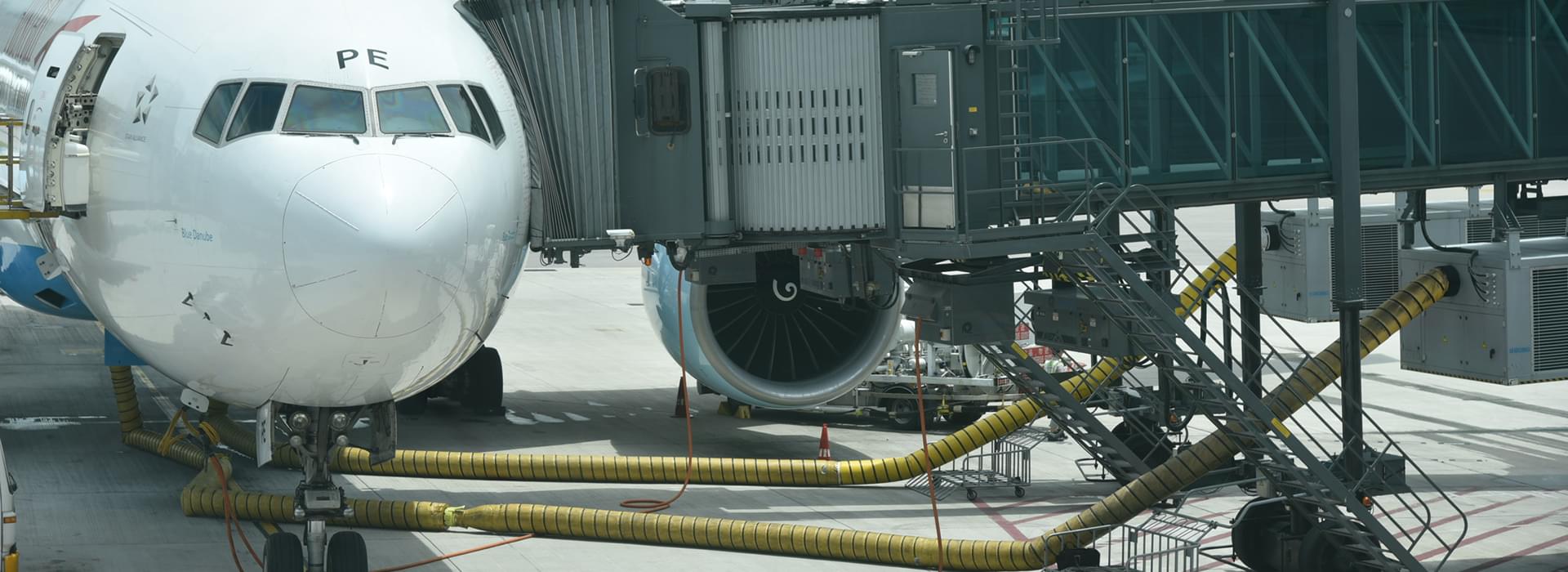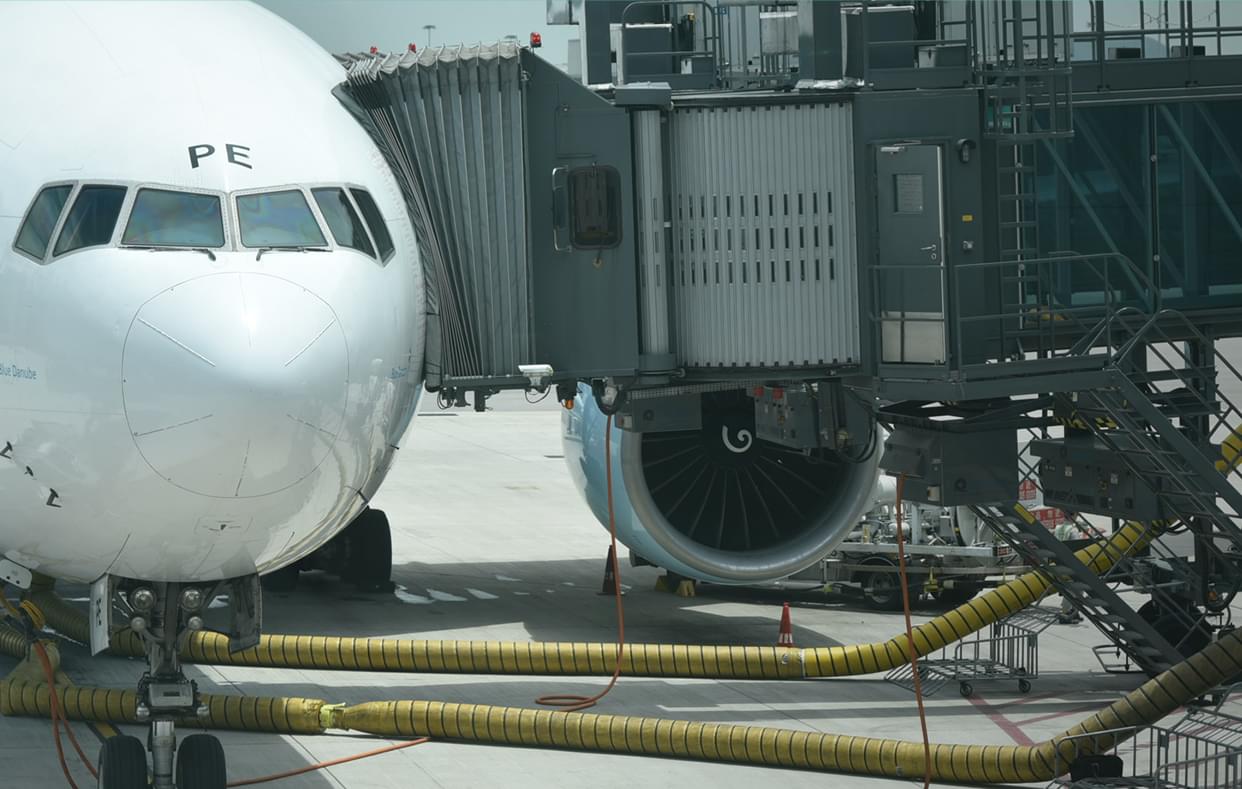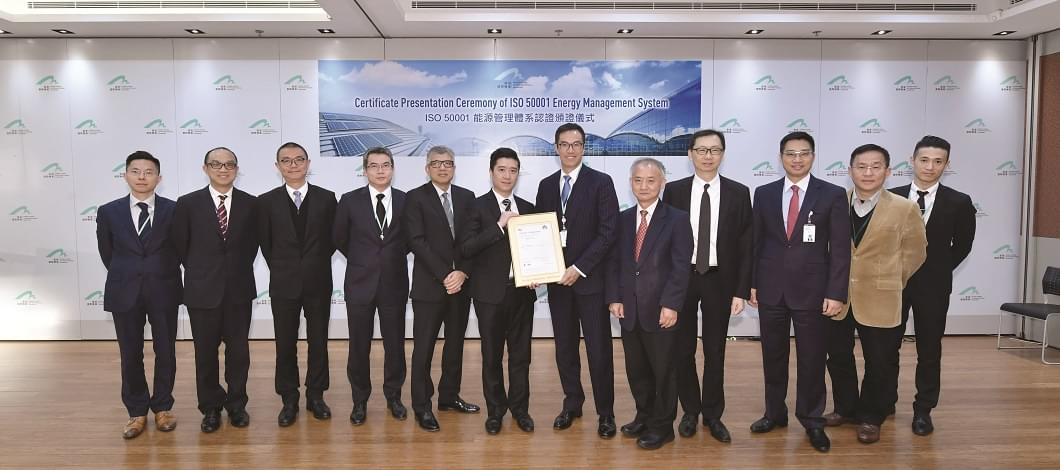

While global and regional demand for air travel continues to grow, we have to work closely with the airport community to decouple our business growth from an increase in greenhouse gas emissions.
By the end of 2015, AAHK and over 40 business partners had achieved a 25.6% reduction in airport-wide carbon intensity1 compared to the 2008 baseline, surpassing the original target of reducing carbon intensity by 25% set in 2010. Please refer to page 76 of our Sustainability Report 2015/16 for HKIA’s airport-wide carbon performance between 2008 and 2015. In November 2016, together with 53 business partners, AAHK announced a new airport-wide target of reducing a further 10% carbon intensity by 2020 compared to 2015 levels.
1Carbon intensity refers to carbon emissions per workload unit. One workload unit is equal to 1 passenger or 100 kg of cargo.
AAHK accounts for approximately 40% of HKIA’s airport-wide carbon emissions. Electricity consumption is the major contributor, accounting for over 90% of AAHK’s carbon emissions. In 2016/17, we recorded a year-on-year increase of about 10% in both absolute electricity consumption and electricity intensity, which was principally due to the first full year of operation of the Midfield Concourse (MFC).
In February 2017, we achieved the ISO 50001 Energy Management System (EnMS) Certification for Terminal 1 (T1). We will expand the scope of EnMS to the North Satellite Concourse (NSC) and the MFC by 2018.

We continue to seek further improvements in energy performance. Example projects include pilot installation of a building analytic system in the NSC and commissioning of the locally-developed Smart-to-Charge electric vehicle (EV) charging facility, which was developed in partnership with The Hong Kong Polytechnic University.
AAHK’s Electricity Consumption and Intensity